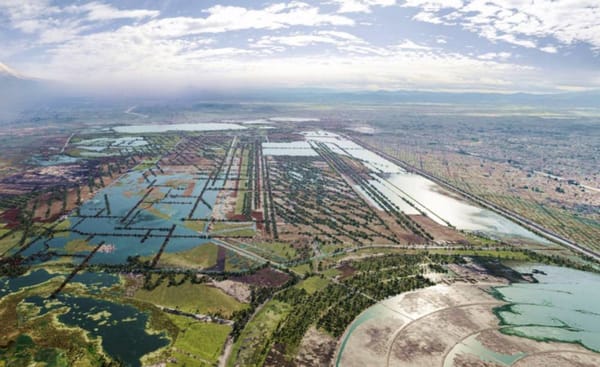
History
Myth or Truth: Was There a Tsunami in Lake Texcoco?
The Florentine Codex describes a natural disaster as a harbinger of the fall of Tenochtitlan; was there a tsunami in pre-Hispanic times?
The term "history" refers to the study and recording of previous events. Prehistoric times are those that occurred before the development of written records. "History" is a catch-all phrase that includes not only events of the past but also their recollection, study, collecting, presentation, and interpretation.

History
The Florentine Codex describes a natural disaster as a harbinger of the fall of Tenochtitlan; was there a tsunami in pre-Hispanic times?

History
There are two important characters involved in this story: Antonio Meucci and Alexander Graham Bell. The former invented the telephone and the latter patented it. How is this possible?
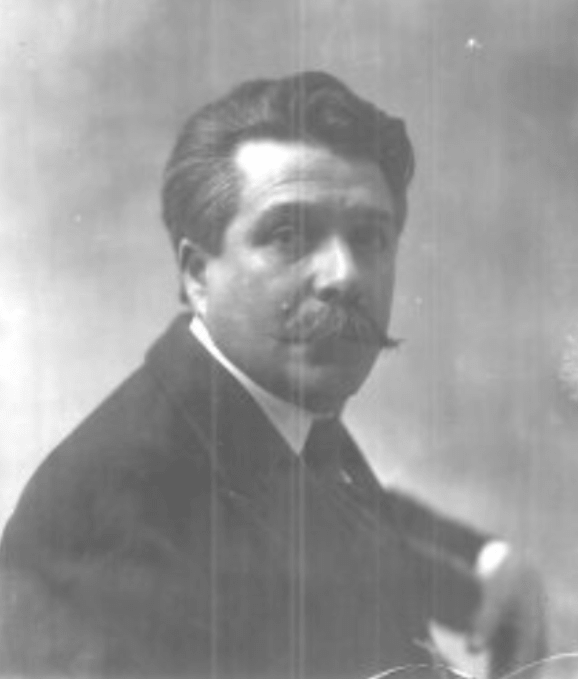
History
A lawyer, archaeologist, poet, historian, and teacher, Ramón Mena Issasi was also a professor. He is one of the great referents of Mexican science. Born in Cordoba, Veracruz, on August 31, 1847, he graduated in law from the University of Veracruz.

Culture
On May 5, when trying to take Puebla, the French invaders were repeatedly rejected by the Mexican Army. The Mexican defense took refuge in the forts of Loreto and Guadalupe; despite the little armament they had, they managed to repel the invaders.

Culture
It is not possible to make a history of the traditional music of Mexico in such brief lines. Here is a small sketch to point out the complexity of this process and to show the diversity of instruments and musical genres played today.

Indigenous
Felipe Carrillo Puerto became governor of Yucatan in 1922 and delivered the first speech of his term in the Mayan language. He as governor was progressive: He recognized the political rights of women. On January 3, 1924, Felipe Carrillo Puerto was shot to death in Mérida.
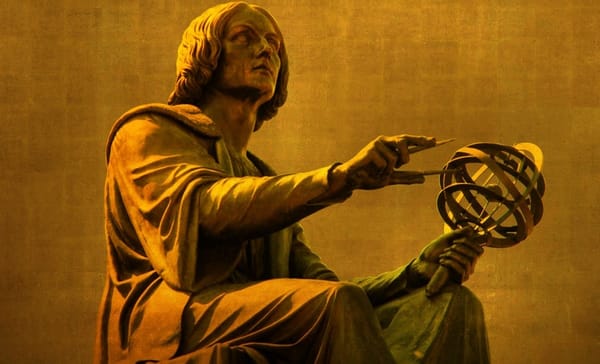
History
Discover the obscure context in which the Musketeers of the cosmos - Copernicus, Kepler, Giordano Bruno, Galileo, among others - investigated and made known their scientific discoveries.

History
One of Efraín Huerta's greatest contributions is the "poem-meets-poem", a genre that he invented and baptized as such and of which he used to say: "Each poem is a world. A world different from ours."

History
On February 18, 1856, the Constituent Congress began its work, which was to meet for a whole year to create the second federal and republican constitutional text in the history of Mexico; said Magna Carta would enter into force on February 5, 1857.

Aztecs
The Prehispanic icon that has most represented ancient Mexico in the world is the so-called Stone of the Sun, also known as the Aztec Calendar; however, this unfinished piece is not a calendar.
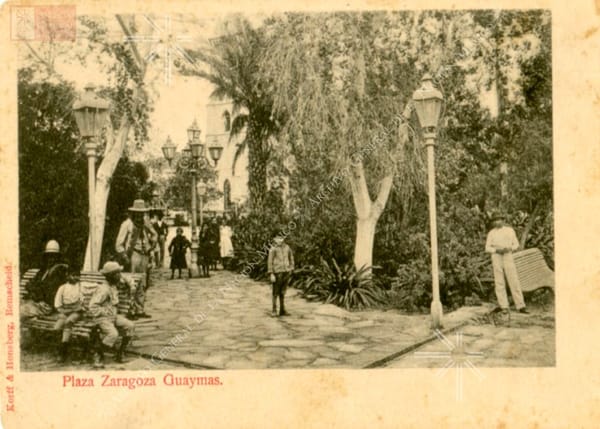
History
Postcards in Mexico became a graphic resource that made it possible to document the various facets of the country, from archaeological remains and war conflicts to buildings and monuments that showed its social and cultural richness.
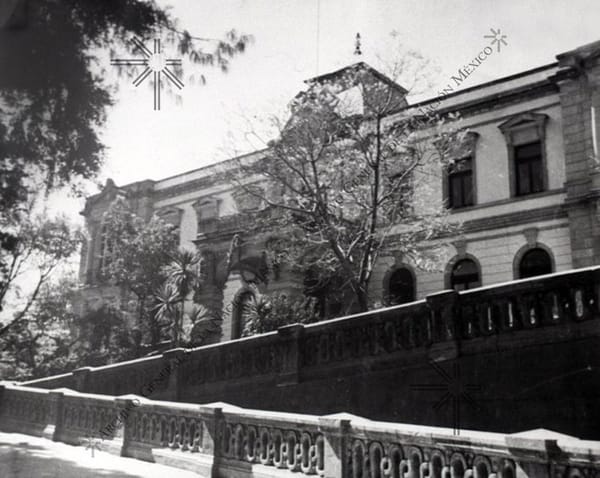
History
Mexico's largest mental health facility, the La Castañeda General Asylum, became infamous for its inhumane treatment and deplorable conditions for its patients. The indignation led family members to escalate their petition to the highest levels to demand attention to their urgent needs.
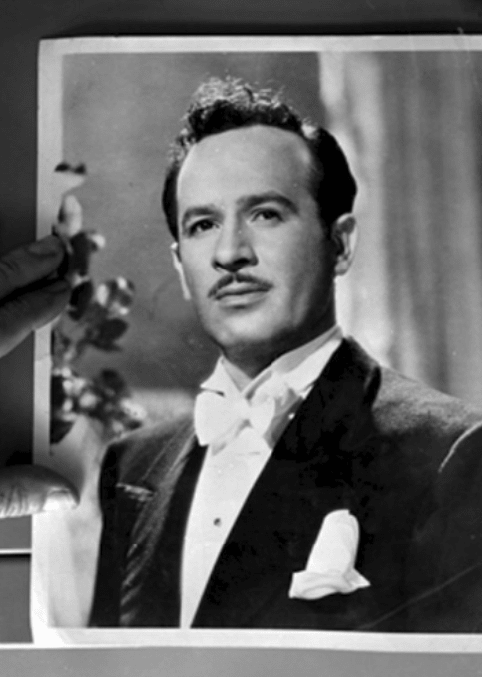
History
The Mexican idol Pedro Infante, whose voice made people fall in love with him, is surrounded by countless myths. Get to know some of them.
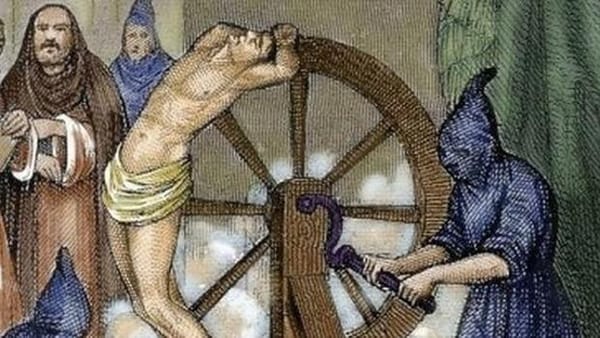
History
The Catholic Church had great power in the New Spain era, and anything that went against it was punished. Against this background, the Inquisition issued an edict in which it ordered to denounce people who had books that were not written in Spanish.
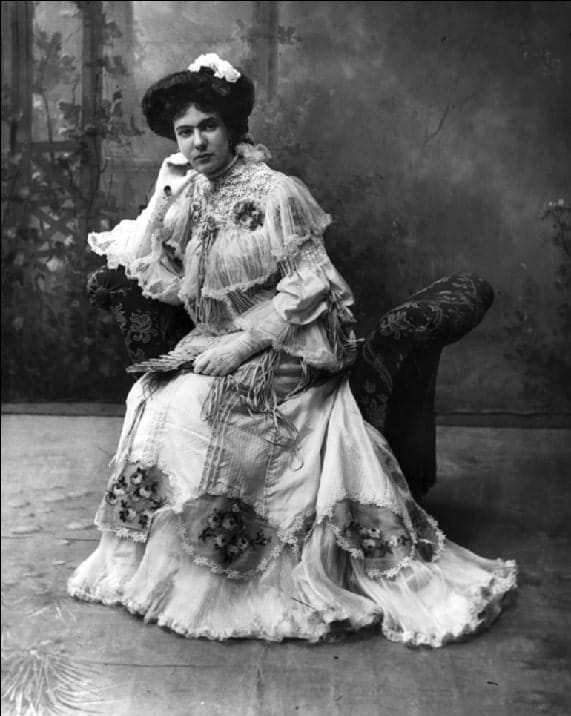
History
This sample of garments and accessories depicts fashion in Mexico at the end of the 19th and beginning of the 20th century.
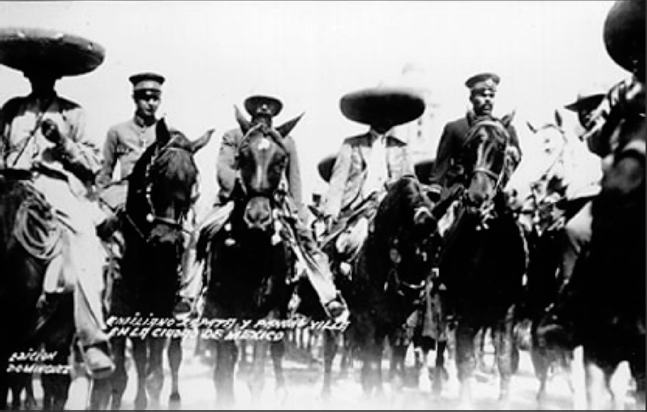
History
Here you can find several of the characters that were part of the Mexican Revolution. Introducing some of them.